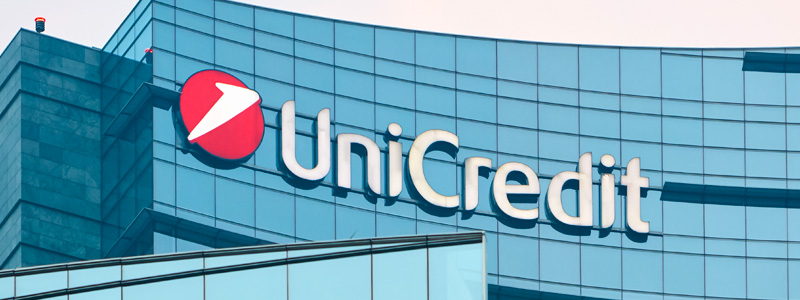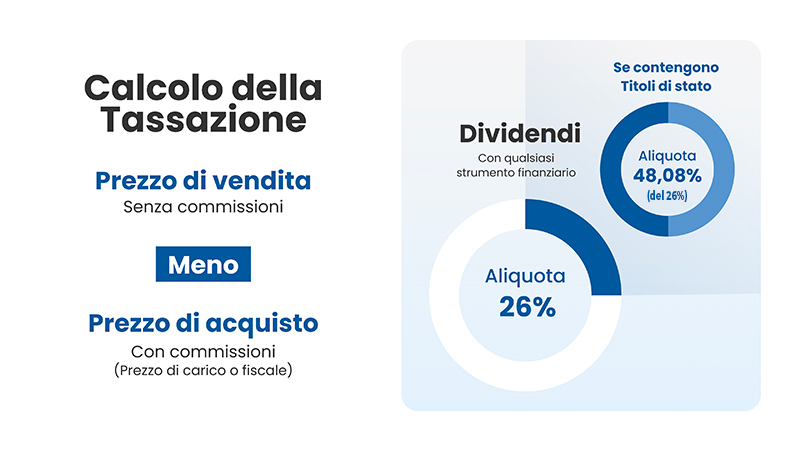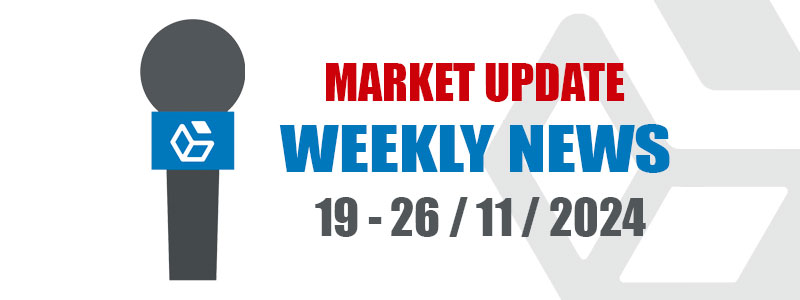
UniCredit S.p.A. recently launched a new mixed-rate bond with a maturity date set for Oct. 14, 2037, designed to offer both an initial fixed-rate component and a variable rate thereafter.
UniCredit is particularly known for its “pan-European” bank model, which aims to provide clients with integrated solutions internationally. With its strong presence in European markets, UniCredit is also a major issuer of bonds, targeting both institutional and retail investors, as seen in recent issues of mixed-rate bonds.
The objective of the issuance of this new bond is to provide investors with a structured product that can generate returns in a challenging market environment of fluctuating interest rates and persistent inflation.
Thebond is listed on Borsa Italiana’s MOT market and EuroTLX’s Bond-Xmarket and will be tradable through any authorized intermediary.
UniCredit’s mixed-rate bond is an attractive solution for those who want a product with a constant annual return in the first few years and a variable earnings opportunity thereafter, with a guarantee of the nominal principal at maturity.
1. Characteristics of the bond
This bond provides a fixed rate of 5.20% gross per annum for the first three years (2024 to 2027). Thereafter, the rate becomes variable, calculated on the 3-month Euribor multiplied by a participation factor of 150%, with a minimum of 0% and a maximum of 5.20% per year gross.
The structure of this instrument fits into the “Fixed to Floater” type, or a combination of initial fixed rate and floating rate, allowing investors to obtain a guaranteed coupon in the first few years and to benefit from potential increases in the Euribor rate in subsequent years, within predetermined limits.
This bond is aimed at both retail and institutional investors, with a minimum face value of 1,000 euros. During the initial placement period, scheduled to run until October 31, 2024, it will be available at a price equal to par value (100 percent).
Thereafter, the trading price may fluctuate according to secondary market conditions, exposing the investor to price and liquidity risk.
2. Risk and opportunity profile
UniCredit’s new issue offers an investment opportunity with nominal principal protection at maturity, but still carries credit risk, linked to the issuer’s creditworthiness, and rate change risk.
The fixed rate in the early years reduces the initial uncertainty, while the variable component could be an advantage in the event of Euribor rate rises. However, the imposition of a cap at 5.20 percent limits potential gains in the event of a sharp rise in Euribor.
In addition, if the 3-month Euribor is below 2 percent in the variable periods, the investor may receive a reduced coupon compared to the first few years.
UniCredit ensures the liquidity of the bonds on the MOT and Bond-X by acting as a “Specialist” and committing to facilitate early resale of the bond, although investors must consider possible price changes and the risk of loss of principal if the bond is sold before natural maturity.
This instrument has a low to medium risk profile, with a synthetic risk indicator of level 3 on a scale of 7, suitable for investors seeking diversification and capital protection, but still willing to accept some exposure to market risk.
N.B. Investors are encouraged to consult their financial advisor to assess the suitability of the investment, considering their own risk tolerance and changing market conditions.






